

Dear readers,
"What kind of life raft do you have?" a friend recently asked me. As I have always been a guinea pig in the water when safety equipment has been tested at YACHT in recent years and therefore have a very good overview of safety equipment, he had firmly assumed that I would have a self-inflatable life raft on board. He was all the more surprised when I replied that I didn't have a life raft out of conviction. "But what if you get into distress at sea?" All I could say, admittedly somewhat succinctly, was: "I would do everything I could to prevent the boat from sinking. And in an emergency, help will be there quickly - we always sail close to the coast on the Baltic Sea."
A life raft helps if the boat sinks or catches fire. These two emergencies rightly scare sailors, but I believe that a life raft is only the last escalation stage in a series of measures and certainly not the one with the highest priority. There are even reasons that speak against the liferaft: The liferaft is a large and heavy container (or bag), there is usually no good place for it on small boats. If it is stowed below deck or at the bottom of a forecastle, it cannot be reached in an emergency. And even if the crew has successfully opened and boarded the island, this does not mean that they have been rescued. In most cases, the presence of the life raft only provides a false sense of security. This can be dangerous in itself if you rely solely on the white plastic box on the superstructure.
The most prominent example of the danger posed by this fallacy is the story of Nick Ward and Gerry Winks in the catastrophic Fastnet Race of 1979 (see YACHT 15/2008). The regatta field was surprised by an unannounced storm, many yachts got into distress, five sank and 15 sailors lost their lives. The crew of the "Grimalkin" also boarded the life raft, leaving the two sailors on board who were thought to be dead. After a 14-hour ordeal, Ward was rescued. He had awoken from his unconsciousness and saved the boat from sinking by bailing it with a bucket, but was unable to help his co-sailor Gerry Winks. The other four crew members in the life raft were also rescued, but the skipper was already dead. As they thought Ward and Winks were dead, they did not search for their boat. At this point, Winks was still alive and a rescue might even have been possible. The survival of Nick Wards also clearly shows that they had abandoned the yacht prematurely.
In addition to this historical example, I also have my own experiences that diminish my confidence in the island. These include a comparative test with 6 models (YACHT 12/2015) in a practice pool with artificial waves and wind. It turned out that some of the bulky bags had unpleasant surprises in store. From poor quality and useless equipment to a drainage opening through which water gushed into the life raft like a fountain. The test was so exciting because nobody else can look inside their life raft, especially not so many different models. You just have to hope that it will be useful in an emergency. What was particularly impressive, however, was how strenuous it was to get out of the water in (simulated) swell and how much water got inside the life raft.
The self-experiment in YACHT 21/2017 was even more realistic: a night for three in a life raft off Fehmarn. Although the water was still warm at the end of September and the night was almost windless - a borderline experience. It was far too cramped for the three of us in the six-person life raft. It also got extremely cold at night. Added to this was the queasy feeling of drifting out to sea in this undersized inflatable. The first impulse was to close the spraycap over the raft against the cold draught. But then you found yourself drifting blindly on the water. It was impossible to spot rescue ships and fire one of the few distress rockets. In our self-experiment, we didn't hope to be rescued, but the feeling of drifting blindly out to sea still felt wrong. What if a fishing boat or other commercial vessel overlooked the tiny all-round light on the island and ran us over? So the protective tarpaulin remained open for a while, despite the cold. After this experience, we all agreed: Please don't do it again! And certainly not in an emergency. In the event of an accident, we would fight even harder for our boat. The conclusion: you only get into the life raft when you have to take a step up from the yacht. In other words, the yacht has almost sunk. So as a last resort.
Even more important to me since then is what can be done before the boat is abandoned. The reasons for water ingress are often trivial: a hose clamp fails, poorly secured equipment slips and tears the hose from the valve. However, the bilge pump cannot pump against the ingress of water, even from a small hull passage. It is therefore crucial to find and seal the leak. There are plugs made of wood or plastic or special sticky pastes such as Leak Hero, which can also be used to seal larger leaks. If you are particularly well prepared, you can tie a wooden plug of the right diameter to each sea valve. These preparations can begin in winter storage. A hose clamp costs less than five euros, but in case of doubt the well-being of the boat depends on it. Replacing it can be a lengthy process, but if it already looks corroded, you should not spare the effort. A good knowledge of the installation also helps when searching for a leak. This is certainly a matter of course for owners, but on a charter yacht it means additional effort to search for all seacocks beforehand. However, this preparation can help in an emergency.
The second reason for losing the boat is fire. If it is out of control, the only thing to do is to leave the boat quickly. But it doesn't have to get that far. Most fires can be easily extinguished in the initial phase. Common causes are the galley and electrics. Grease fires in the galley are particularly treacherous, but as soon as they start it is sufficient to cut off the heat supply, i.e. switch off the hob. The worst can be prevented later with special extinguishers. In the case of electrical systems, it is cable cross-sections that are too thin and corroded contacts that can lead to fire. Both can be avoided through careful installation and maintenance. However, fire on board does not directly mean the loss of the ship in an emergency if a fire extinguisher is quickly to hand.
In addition to these measures, the possibility of calling for help must also be considered. It doesn't even matter whether the crew is in the unmanoeuvrable yacht or already in the life raft. An Epirb alerts the rescue services, even if no other ship can be reached by radio. But classic pyrotechnics also help if another ship is in sight. In coastal waters, a rescue cruiser can usually reach the scene in less than an hour. However, especially in the western Baltic Sea, there are also many other pleasure craft or cargo ships and fishermen on the move, so that help can usually be provided quickly.
In any case, it is better to stay on board. Even after losing the rig, propulsion or rudder, the crew is better off on board than in a life raft that is too small. Even if the situation on a damaged yacht may feel hopeless, stepping into the life raft will usually only increase the problems. It is usually impossible to get into the island without getting completely soaked. Hypothermia can quickly set in. In the hectic rush of leaving the yacht, it is easy to forget to take essential equipment, water and a first aid kit, i.e. a handheld radio, emergency transmitter, food, medication and warm clothing. You'll find everything you need on board, so why rush to switch to the worse alternative?
However, I don't want to deny the life raft its raison d'être. I would strongly recommend this life raft to sailors travelling the world's oceans on extended tours. In areas where the crew may have to wait days for rescue, it is life insurance. However, it must also be large enough (i.e. significantly oversized), regularly maintained and ready to hand. The life raft also needs a grab bag with emergency equipment. Safety training is also helpful to learn how the liferaft works. It is then an important addition to a range of other safety-related precautions.
I think it is wrong to rely on the white box without ever having rehearsed an emergency and without knowing what equipment is contained in the life raft. There is nothing wrong with buying a life raft. I just think it's dangerous to be lulled into a false sense of security and neglect important precautions. And if someone asks me again whether they need a life raft for a summer trip to the Danish South Sea, I will continue to say no with a clear conscience.
Michael Rinck,YACHT Editor Test & Technology
Newsletter: YACHT-Woche
Der Yacht Newsletter fasst die wichtigsten Themen der Woche zusammen, alle Top-Themen kompakt und direkt in deiner Mail-Box. Einfach anmelden:
Click to see through
The week in pictures:






Recommended reading from the editorial team:

THE OCEAN RACE
Always up to date- Daily updates

After technical problems for almost all teams, the hunt for the leading team Holcim - PRB in full swing. Here on yacht.de you will find daily updates and background information on the racing action!
Archipel 36
Like a catamaran, but with only one hull
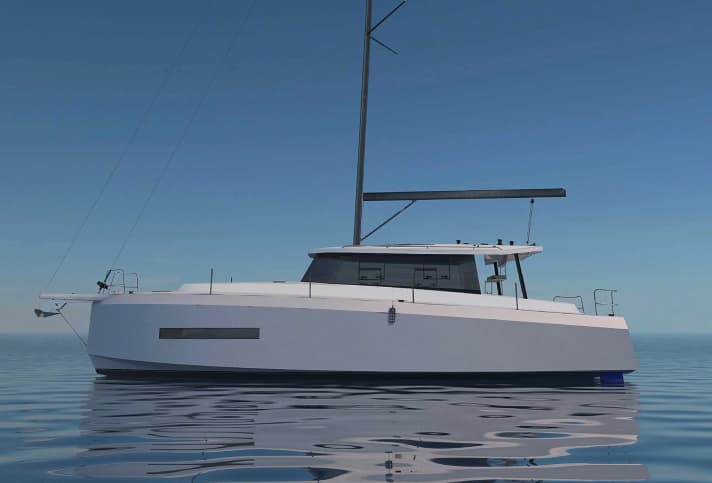
The Archipel 36 from France combines the advantages of catamarans and monohulls. The bold new construction project comes from France and is unrivalled in its form. An extremely exciting announcement.
Recreational boating licence
Is the end in sight? What the reform means for sailors

The federal government wants to revolutionise recreational boating. The recreational boating licence will no longer be mandatory. What this means for sailors - an overview.
"Anahita"
Tamed Ultim-Tri from the Sailing Valley

The Breton "Sailing Valley" is focussing on the blue water market. Global Yacht Technology brings together big names from offshore sports for the 100-foot tri "Anahita". The VPLP design is built by CDK in Lorient.
RM 980
Exciting alternative made of plywood
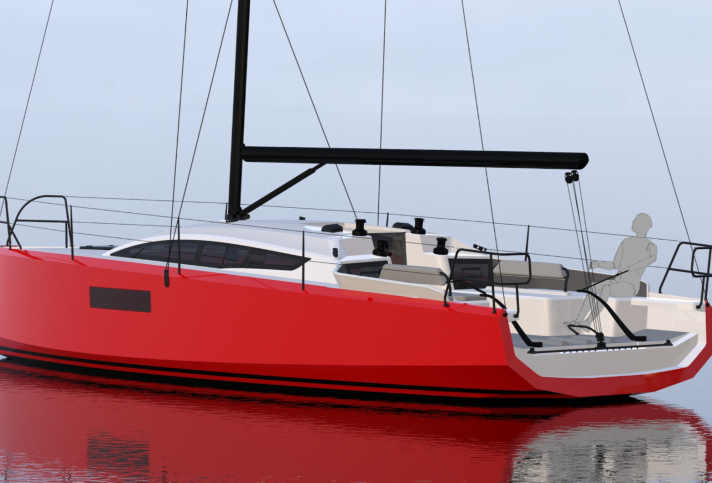
RM has a new boat with a hull length of ten metres. The RM 980 will be seen in the water for the first time in summer 2026.
VTS area 'Off Texel'
More safety in the Wadden Sea
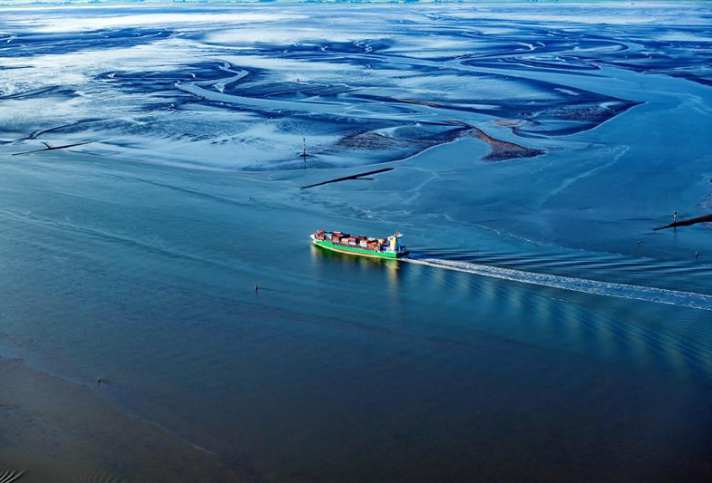
The new VTS area "Off Texel" is intended to make shipping in the Wadden Sea safer and better protect the UNESCO World Heritage Site.
On the trail of antiquity
2,000 km in a Roman boat to the Black Sea
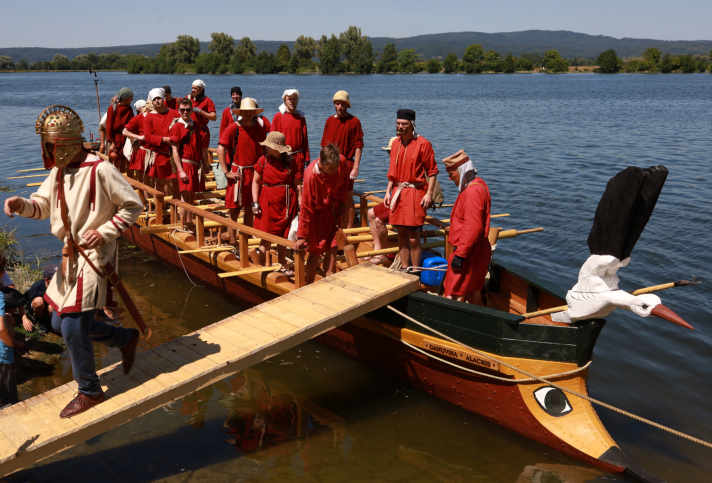
A team of researchers, students and volunteers from the University of Erlangen-Nuremberg (FAU) is reconstructing authentic Roman boats and testing them on the water.
40 years of ARC
Overwhelming farewell for 145 crews
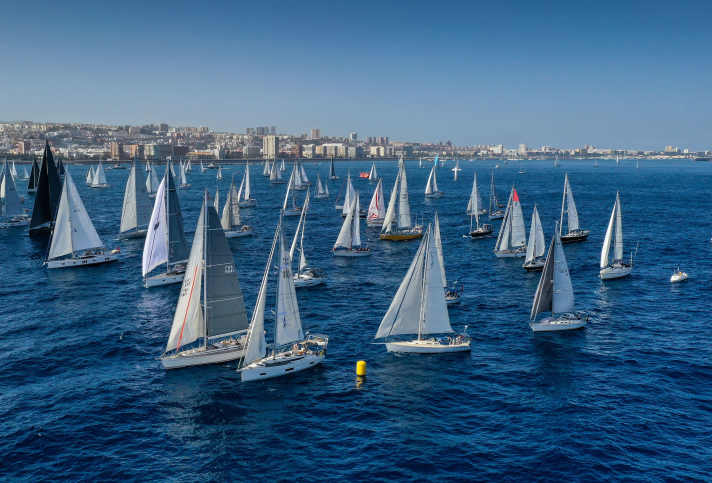
Yesterday lunchtime was the day: this year's ARC started. Next stop: St Lucia. Countless spectators gave the sailors a grand farewell.
Hardware manufacturer rescued
New start for Niro Petersen

The traditional ship fittings manufacturer Niro Petersen from Flensburg can continue after insolvency. A private investor is taking over the company, which was in financial difficulties after the Baltic Sea storm surge in 2023.
Pogo RC
Please hold on tight - the Brittany Express is on its way!

Performance and seaworthiness are part of the DNA of the Pogo Structures shipyard in Brittany. The new Pogo RC underpins this claim even further. First impressions from the YACHT test.
Boot & Fun 2025
What visitors can expect at the water sports trade fair

Water sports enthusiasts will get their money's worth in Berlin from 27 to 30 November 2025. Boot & Fun attracts visitors with a variety of boats
Never miss anything again:
Newsletter: YACHT-Woche
Der Yacht Newsletter fasst die wichtigsten Themen der Woche zusammen, alle Top-Themen kompakt und direkt in deiner Mail-Box. Einfach anmelden:

